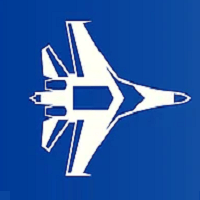The Boeing Co., Seattle, Washington, is awarded an $89,589,220 cost-plus-fixed-fee indefinite-delivery/indefinite-quantity contract. This contract provides systems and software engineering and sustainment support services, to include analysis, design, implementation, integration, testing, prototyping, prototype installation, and maintenance for development and test laboratory capabilities in support of modernizations and improvements to software and associated hardware capabilities for the P-8A aircraft.
Work will be performed in Seattle, Washington (78%); St. Louis, Missouri (12%); and Huntington Beach, California (10%), and is expected to be completed in December 2024. No funds will be obligated at the time of award; funds will be obligated on individual orders as they are issued. This contract was not competitively procured pursuant to Federal Acquisition Regulation 6.302-1. The U.S. Naval Air Systems Command, Patuxent River, Maryland, is the contracting activity (N0001921D0010).
The Boeing P-8 Poseidon is an American maritime patrol aircraft developed and produced by Boeing Defense, Space & Security, modified from the 737-800ERX. It was developed for the United States Navy (USN). The P-8 operates in the anti-submarine warfare (ASW), anti-surface warfare (ASUW), and shipping interdiction roles. It is armed with torpedoes, Harpoon anti-ship missiles, and other weapons, can drop and monitor sonobuoys, and can operate in conjunction with other assets, including the Northrop Grumman MQ-4C Triton maritime surveillance unmanned aerial vehicle (UAV).
